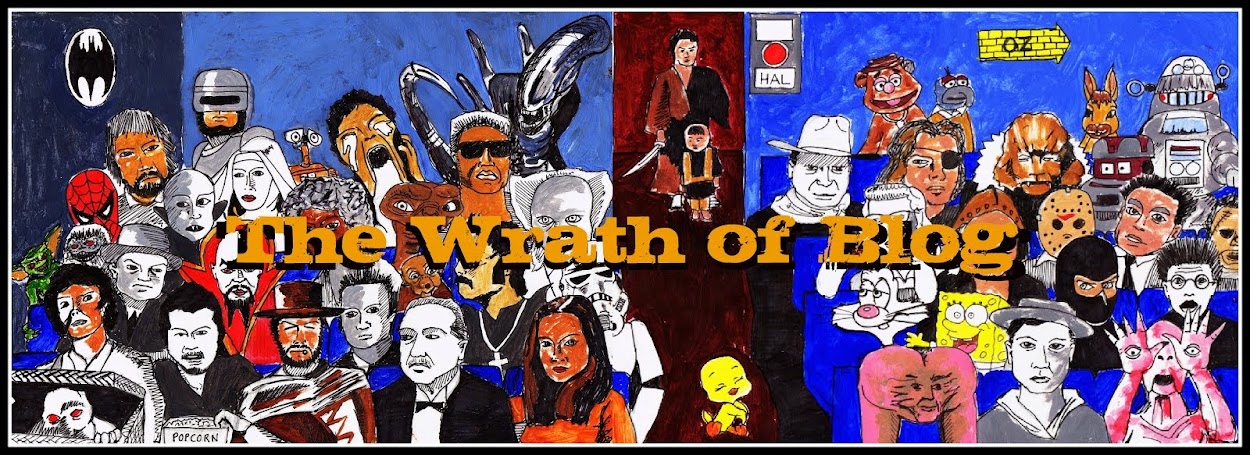 Adapted from Gaston Leroux's 1910 novel Le Fantome de l'Opera, the story is centred around Paris Opera House, which has recently been acquired by two men who laugh off any suggestion that a cloaked ghost known as 'The Phantom' stalks the halls at night. The new season is about to open with Faust, led by prima donna Carlotta (Mary Fabian), whose understudy Christine Daae (Mary Philbin) has made a rapid rise from a mere chorus girl to potential star-in-waiting. Somebody is clearly a fan of Christine, as Carlotta's mother (Virginia Pearson) receives a letter demanding that Christine be given the lead, otherwise a great tragedy will befall her daughter. The note is signed by the Phantom, but Carlotta sings anyway. Soon enough, she is taken ill, and Christine steps in to wow the audience and her fiance Vicomte Raoul de Chagny (Norman Kerry). Visited by the shadowed Phantom late one night, she is told that she has been touched with a divine voice, and nothing can now stop her career, as long as she agrees to obey the wishes of her new master.
Adapted from Gaston Leroux's 1910 novel Le Fantome de l'Opera, the story is centred around Paris Opera House, which has recently been acquired by two men who laugh off any suggestion that a cloaked ghost known as 'The Phantom' stalks the halls at night. The new season is about to open with Faust, led by prima donna Carlotta (Mary Fabian), whose understudy Christine Daae (Mary Philbin) has made a rapid rise from a mere chorus girl to potential star-in-waiting. Somebody is clearly a fan of Christine, as Carlotta's mother (Virginia Pearson) receives a letter demanding that Christine be given the lead, otherwise a great tragedy will befall her daughter. The note is signed by the Phantom, but Carlotta sings anyway. Soon enough, she is taken ill, and Christine steps in to wow the audience and her fiance Vicomte Raoul de Chagny (Norman Kerry). Visited by the shadowed Phantom late one night, she is told that she has been touched with a divine voice, and nothing can now stop her career, as long as she agrees to obey the wishes of her new master.She soon discovers that these wishes involve her heading through a secret passage into the catacombs beneath the Opera House and living out her days in solitude with a disfigured creature who hopes she will return his love. The Opera House was built upon some kind of palace complete with torture chambers, and Christine is whisked off on horseback and gondola to the Phantom's secret lair. This sequence is captured with a dream-like quality, blurring the lines between reality and nightmare, although it has a sense of eerie beauty to it also. The eventual unmasking of Phantom, or Erik as he reveals himself to be, is one of the most famous images in cinema. Even though you know the moment is coming, Chaney's expression of shock and rage at being revealed to the world still has the ability to send a shiver down the spine. It is a shot that wouldn't have had quite the same impact if not for Chaney's involvement, and the actor also manages to squeeze some sympathy out of his bitter, twisted and completely insane romantic. It's far from the best chiller to emerge from the silent era, but it is undoubtedly one of the most influential.
Directed by: Rupert Julian
Starring: Lon Chaney, Mary Philbin, Norman Kerry, Arthur Edmund Carewe, Gibson Gowland
Country: USA
Rating: ****
Tom Gillespie


No comments:
Post a Comment